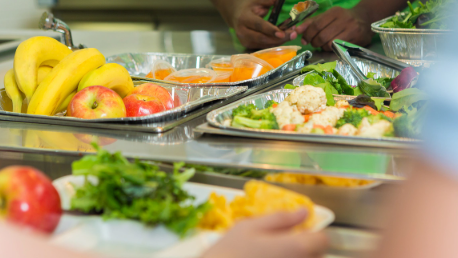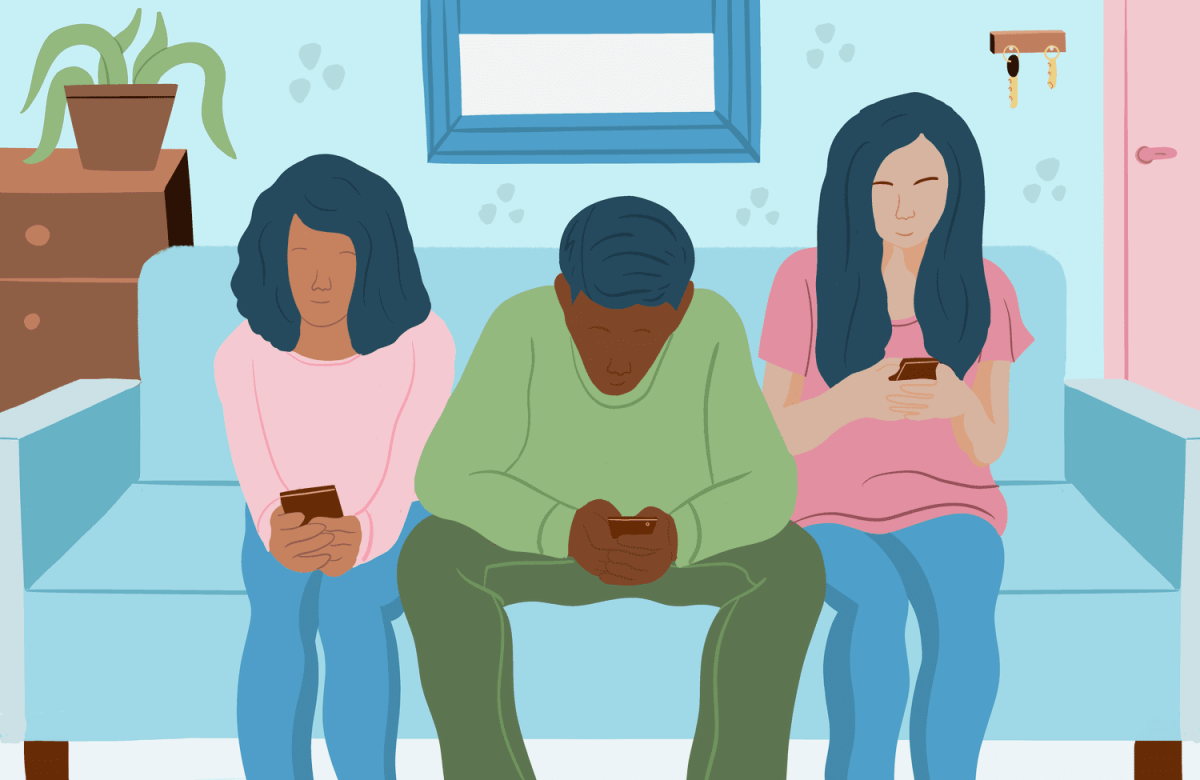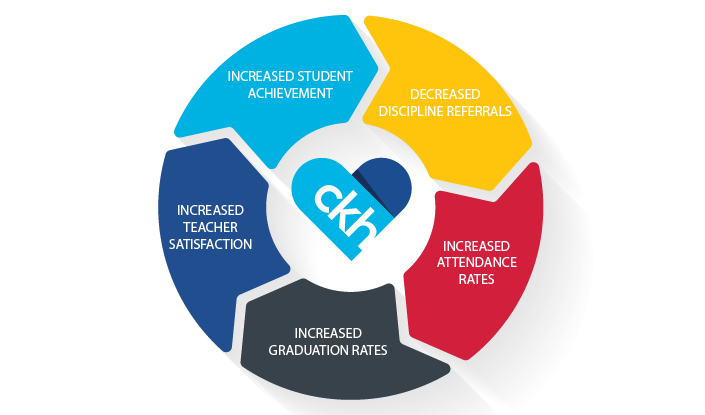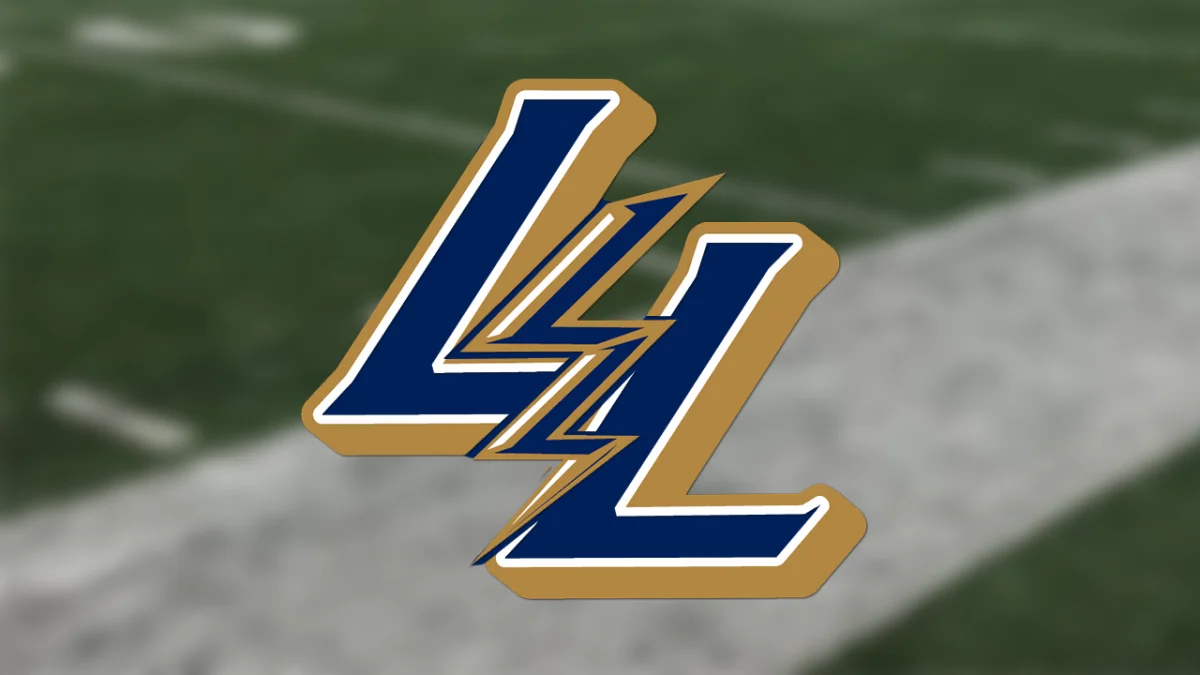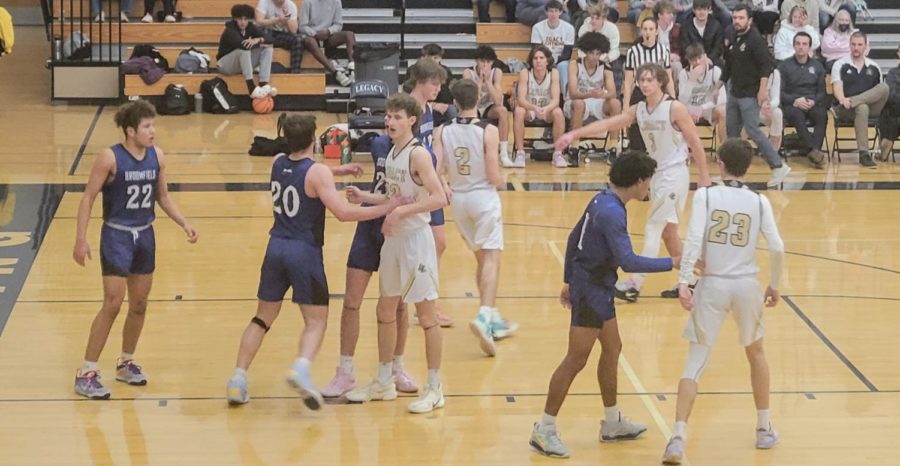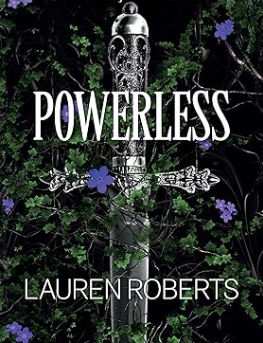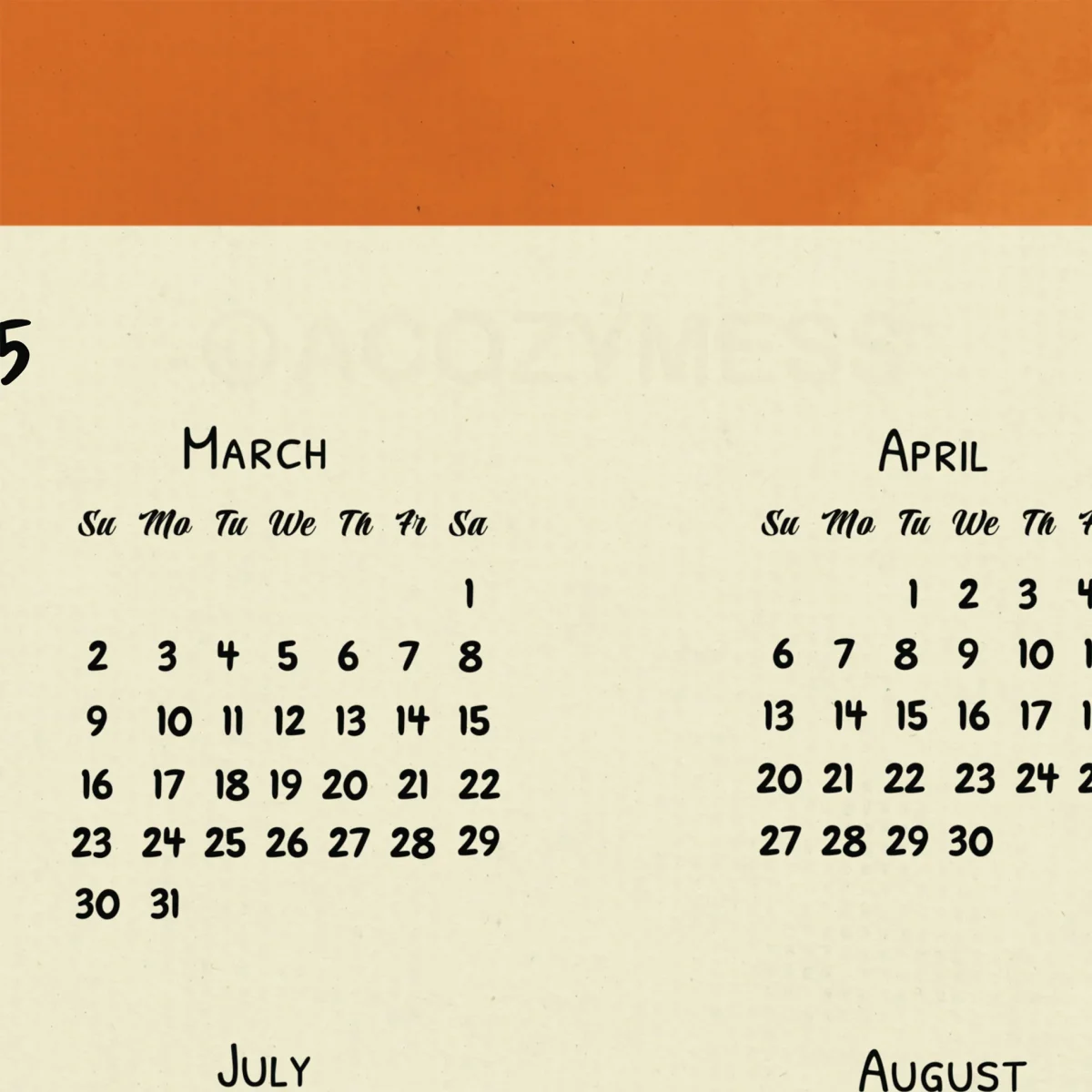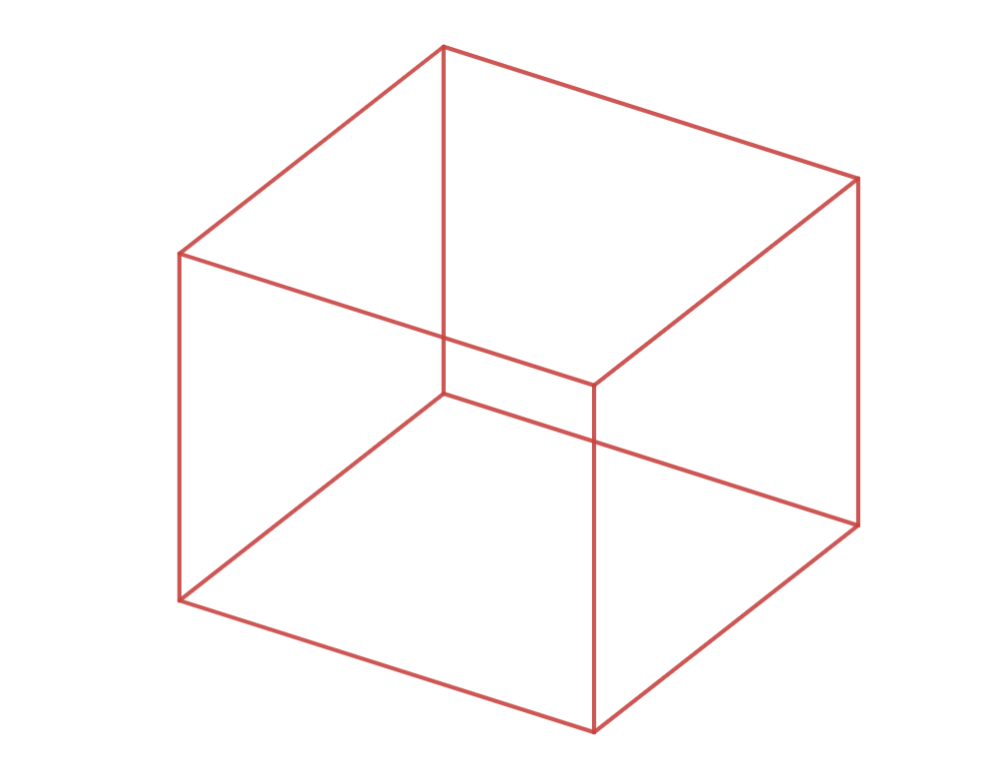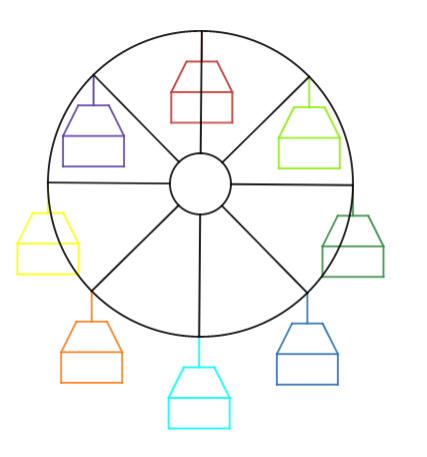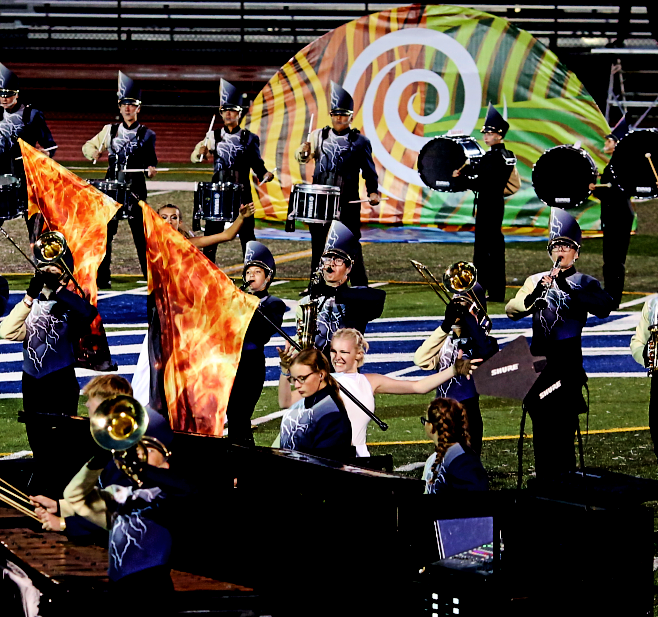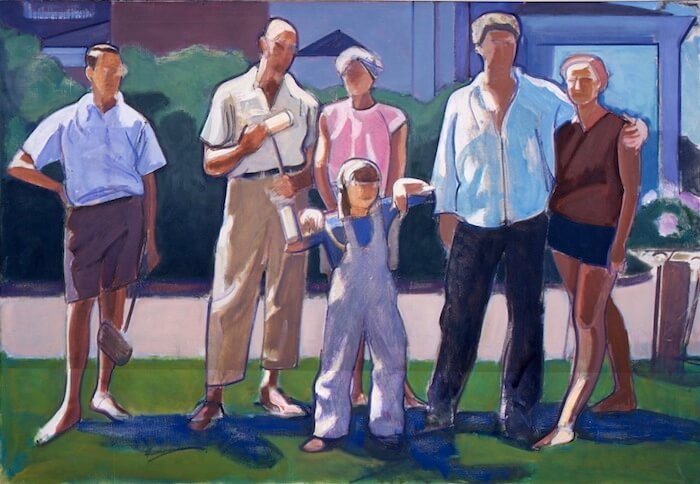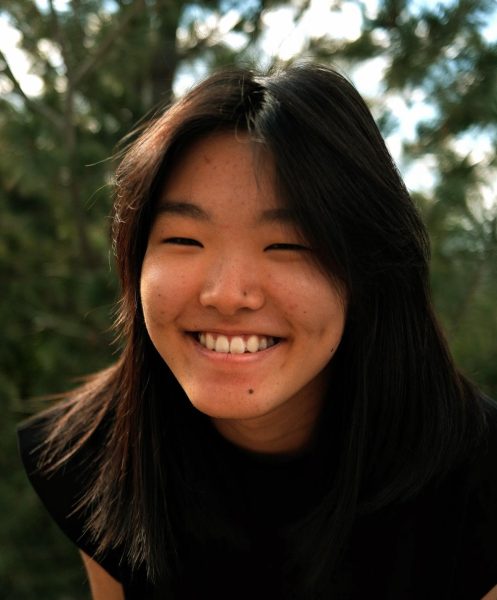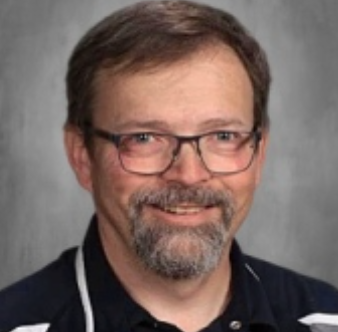
Interviewed September 26, 2024
Q. What is your favorite and least favorite thing about teaching?
My favorite thing is working with students. I love watching them learn and grow. But, I have two least favorite aspects―it’s tough to pick. One of them is inservice where we have our meetings probably because they’re about teaching techniques that I’ve been doing for the past years. The other is spending half of my weekend to grade. But it’s okay because I know you guys need to practice.
Q. You’re notorious for assigning a heavy workload; why have you chosen to teach this way?
I find that one of the things with students in all classes is that our lessons blend into everything else. By this point in your career, you’ve seen a lot of different things in math, which means that you need to refresh those earlier techniques. Some people will talk about busy work, but I will never assign something to keep you busy. That’s not my intent. My intent is to help you get the practice that you need to be successful.
I know that some people will say, “Well, I don’t need that much practice.” Other people will say, “I can, but it’s just too much.” But I can’t have homework assignments individualized for everybody. That would be too difficult.
So I assign a few problems. I know that I don’t assign the most problems. I do assign more in Calc II but that’s to develop all the techniques. Students, essentially, can develop these techniques on their own. With the homework, they’re getting the necessary practice and experience. If I show you how to do it, then you can’t explore all the different, weird things that could happen.
Q. How do you grade the homework?
In total, I have 129 students, and each of them has around 50 problems squared out over a week. That’s over 6000 problems that I would have to grade. I can’t do that. Instead, I’m making sure that people understand the important techniques within the broader concept. I check certain problems to make sure you know how to do that. Then, I can give you some feedback if there’s a quick note of what went wrong or a smiley face saying “cool.”
We have it due at the end of the week because I understand that things get busy. You may not be able to do 25 to 35 minutes of homework at night because maybe you had a volleyball game or your dog got sick. This way, it lets you have some flexibility but still be able to get it done in a timely manner.
I think it’s important to get it done in a timely manner because math is a building process. If the student hasn’t practiced the beginning techniques when we start the more advanced techniques, it not only goes slower with the teaching process but also leads to a lot of confusion. I try to strike the balance of giving you guys freedom of when to do it and not giving you a lot, and at the same time, giving you enough to get good and enough freedom to get it done.
Q. You teach Math for Liberal Arts and Calc I, II, and III. Other than content, how do these classes compare?
I still give homework in all the classes, and we still do notes to have people get used to absorbing information. While math is a skill, being able to absorb is also a necessary skill. We work on papers, people work together, and we have conversations. While the techniques are slightly different, the philosophy remains the same.
We’re also just dealing with personalities and groups of students. I find that both classes have students that are eager to learn. Of course, we have the students who are being teenagers and are being kind of surly about homework. But it really doesn’t matter about the class. Both students are on the same level. I mean, that’s how you got here. We all have our days when people are surly.
Q. What is the story behind your and Mr. Dietel’s graduation?
It was early when we were here. We figured out that we both graduated from CU, we both graduated from aerospace engineering, and we both graduated in 1992. And then we’re like, well, we must have been in the same class. It took a little bit of thinking on our part, dredging up memories from 15 years ago, that yes―we had seen each other.
When we started, there were classes of 200 to 300 students, and when we ended, there were classes of 30 or 40. We were in specialized courses, so we wouldn’t have been in the same classrooms together. I think Mr. Dietel specialized in control systems, whereas I studied how spacecraft fly and made sure they didn’t break. But then there was a lab where we went in for projects, and I remember seeing him in the lab.
Q. When you were a student, what was the most influential thing one of your teachers has done?
I was always a very motivated learner. I think the thing that stuck with me today was when people told me that I couldn’t do something.
For instance, I had a sophomore social studies teacher that I butt heads with. Once, he told me to pick a presentation topic, and I wanted to pick the Vietnam War. He said that it was too broad of a topic and I’d never be able to do it. Since we had to have visual aids he asked me, “What are you going to do for a visual aid?” Well, my dad was in the Army when I was giving the presentation. I met my dad’s buddy at the side door, and we walked into the school, carrying in an M16, and an M60, and a rocket launcher. Of course, this was before guns in school were a big issue, but no ammo was involved.
Q. What was the most memorable thing a student has said to you?
During my first three or four years here, just in the middle of class, one of my Algebra II students said, “Mr. Goss? You should be a garden gnome for Halloween.” This was at the end of November, way past Halloween. So it was like, “Okay…” and I went on.

But we did create a garden gnome costume. That was back in the days of Travelocity Gnome, their “Roaming Gnome.” Basically, they took a garden gnome and set it in places, and they’d have a voiceover talking about it. So we thought about that.*
Q. Other than turning in homework, what do you wish that students did more?
Other than turning in homework, I think you guys do pretty well. There’s always the desire for the students to engage and want to know the “why” of the materials more than just the “what.” As long as we’re learning, that’s all we’re talking about. That’s the whole point. Why are we doing this? Why should we care? That’s always a lovely thing to see, of course, as long as it’s on-topic and not about garden gnomes.
Q. What is your favorite activity outside of school?
The thing that brings me the most joy is being in the mountains or nature, so we like to travel to the natural parks. I love being in the big trees, especially redwoods. In Colorado, I really like the Wild Basin Trails in that branch of the Rocky Mountain National Park. You got trees and water.
Q. What is something that not many people know about you?
In college, I met my wife in the Society for Creative Anachronism, which is a medieval recreating. We made our own armor, our own outfits, weapons, and dance. There are some fantasy ones out there that look like foam. But no, ours were solid and leathered.
Since I was a college student, I made mine out of a 55-gallon barrel and I carved it up into something that looked like lacquered leather. A lot of people did spend time and money to build things out of real leather.
When you’re doing metal, which I did a few times, you’re not forging them in the sense that you’re melting them and pouring them into a mold. The people who are professionals in the club did that. But there are many things you could do. Mainly, you could do dry forging where you take a piece of metal and hit it with a hammer to shape it into a mold.
We used to go to the Renaissance Fair. We really enjoyed it here in Colorado, and we enjoyed the creative guild. But when we moved away to Los Angeles, a large percentage of the community was like professional costume-ers from the movies. We didn’t have those sorts of resources or the time. We also had a child and hanging out with a bunch of people who just like to party and hit each other with sticks was not great for a three-year-old. So we decided to stop that.
*Mr. Goss did dress up as a garden gnome this year.



